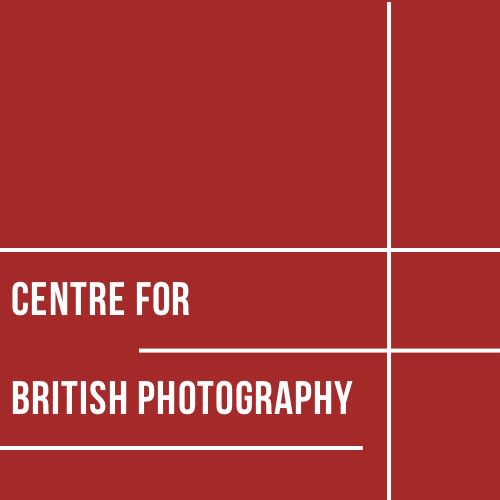Paul Reas
Flogging a Dead Horse, Constable Country, Flatford Mill, Suffolk, 1993
Lightjet print
Edition of 5
Edition of 5
50.8 x 60.96 cms
20 x 24 ins
8978
Provenance
Acquired directly from the artistLiterature
Ed. Verity Elson & Rosemary Shirley, Creating the Countryside: The Rural Idyll Past and Present, Paul Holberton Publishing, 2017, p.15Exhibitions
Creating the Countryside: 1600-2017, Compton Verney Art Gallery and Park, 2017 (This print)A Green and Pleasant Land: Landscape and the imagination, 1970-now, Towner Art Gallery, Eastbourne, 2017-18 (This print)
Creating the Countryside: 1600-2017, Compton Verney Art Gallery and Park, 18 March - 18 June 2017
From the edition of 5 From the series Flogging a Dead Horse 1985-1993 This image is from a guided tour of all the locations John Constable painted in Suffolk. Paul...
From the edition of 5
From the series Flogging a Dead Horse 1985-1993
This image is from a guided tour of all the locations John Constable painted in Suffolk.
Paul Reas is part of a pioneering generation of photographers who exposed and critiqued British class and culture in the 1980s and 90s. Reas' seminal body of work, I Can Help (1988) examines the impact of the consumer boom of the 1980s, which resulted in a proliferation of American-style shopping malls and the rise of the new middle class. Humorous and slightly caustic, Reas' images are a criticism of an emerging cultural façade epitomized by heritage industry sites, branding, and figurative cultural icons.
From the series Flogging a Dead Horse 1985-1993
This image is from a guided tour of all the locations John Constable painted in Suffolk.
Paul Reas is part of a pioneering generation of photographers who exposed and critiqued British class and culture in the 1980s and 90s. Reas' seminal body of work, I Can Help (1988) examines the impact of the consumer boom of the 1980s, which resulted in a proliferation of American-style shopping malls and the rise of the new middle class. Humorous and slightly caustic, Reas' images are a criticism of an emerging cultural façade epitomized by heritage industry sites, branding, and figurative cultural icons.
Join our mailing list
* denotes required fields
We will process the personal data you have supplied in accordance with our privacy policy (available on request). You can unsubscribe or change your preferences at any time by clicking the link in our emails.

